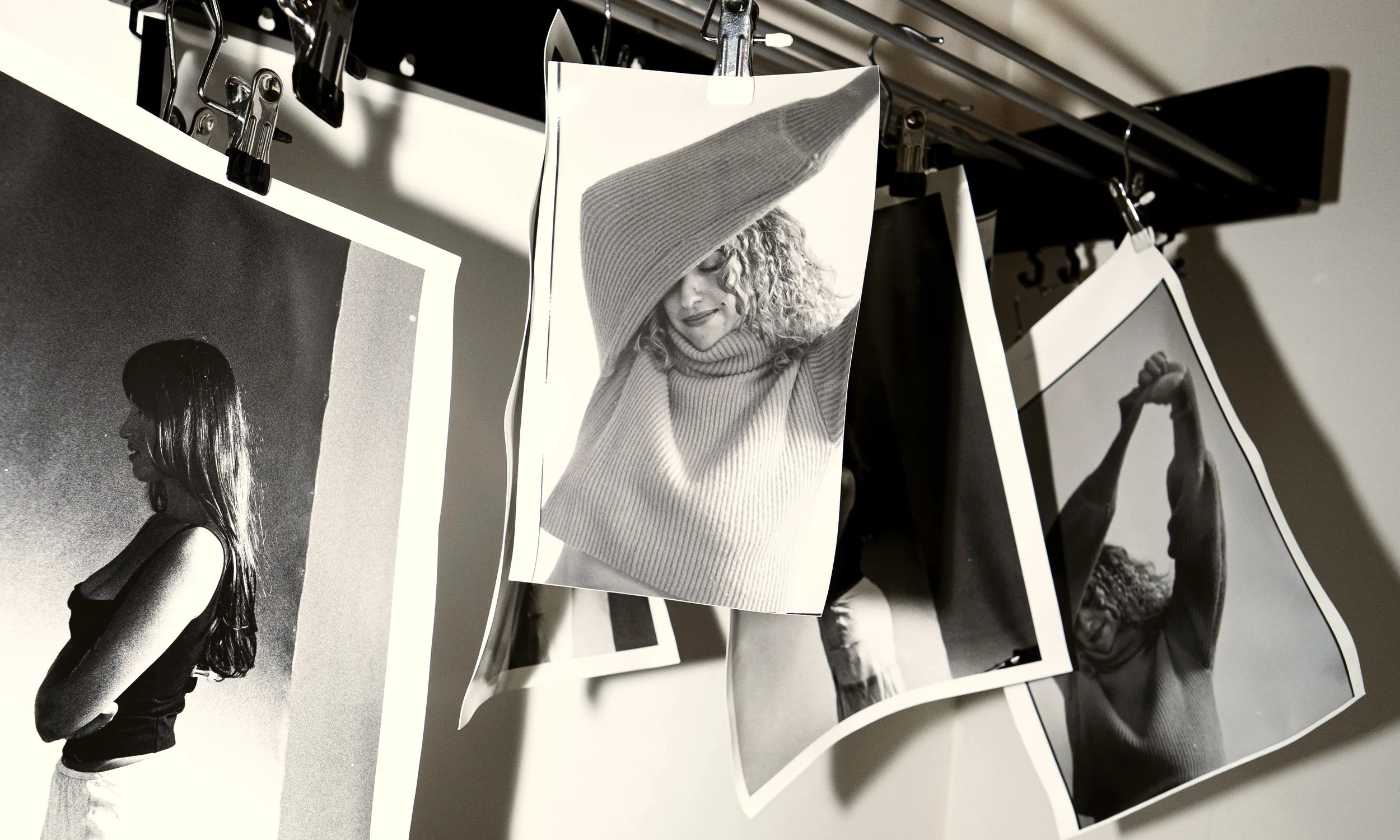5 Rules of the Darkroom: The Art and Discipline of Hand Printing
In a time when most images are born, edited, and shared within seconds, analog photography stands apart. It resists the rush. It asks for patience, precision, and touch. Nowhere is that more evident than in the darkroom, where light and chemistry work together to make real, lasting photographs — true darkroom prints.
At Nice Film Club, every hand-enlarged print is made entirely by light and chemistry. Our color C-prints are produced on FUJIFILM Crystal Archive paper, while black-and-white work is crafted on ILFORD Fiber and Resin-Coated (RC) papers. These materials, used by master printers for decades, give each photograph depth, tone, and permanence that digital processes simply can’t replicate.
Here are five guiding rules that shape how we approach darkroom printing — lessons from the analog world that every photographer, digital or film, can learn from.
1. Light Is the Medium
Every darkroom print begins with light. The enlarger isn’t just a tool — it’s the heart of the darkroom printing process, turning a film negative into a photograph by projecting pure light onto sensitized paper.
The printer controls how that light lands: adjusting exposure, contrast, and filtration to shape mood and meaning. Unlike digital editing, where sliders and layers can be endlessly undone, hand printing demands understanding, not trial and error. It’s about interpreting the negative, not replicating it — translating light into emotion, depth, and texture on paper.
That’s the true craft of film photography: learning to see light, not just record it.
2. Imperfection Is Beauty
Every darkroom print is unique. Even when printed from the same negative, no two are identical. Temperature shifts, chemical reactions, or a momentary change in exposure can subtly alter tone or density.
These differences aren’t errors — they’re character. They’re what make analog photography so alive. The hand of the printer, the quirks of chemistry, and the rhythm of process all leave their mark.
In a digital world obsessed with flawless replication, film printing reminds us that imperfection is not something to fix — it’s something to feel.
3. Paper Sets the Tone
The paper you print on defines the photograph’s voice. Each surface reacts to light differently, changing the visual rhythm of a print.
FUJIFILM Crystal Archive paper — used for our color C-prints — is known for its luminous tones, incredible archival life, and balanced contrast. It’s ideal for film photographs that rely on rich color and subtle gradation.
For black-and-white work, ILFORD Fiber-based papers offer depth, warmth, and dimensionality — a softness that draws the viewer in. ILFORD RC papers deliver punchy contrast and speed, perfect for modern, expressive printing.
Choosing paper is a creative act in itself. It shapes not only how a photograph looks, but how it feels — its mood, permanence, and physical presence.
4. Time Is the Craft
In analog printing, time is the unseen tool. Creating a finished print can take hours: exposing test strips, dodging and burning, refining color balance, and reprinting until every tone feels right.
There are no shortcuts here. The darkroom workflow teaches patience and precision — the kind that becomes second nature only through repetition. As printers, we learn how each negative responds to light and chemistry. That rhythm turns process into practice, and practice into intuition.
In a culture of speed, the darkroom’s slowness becomes its greatest strength. It teaches us to see deeply and act deliberately.
5. The Print Is the Final Form
A photograph isn’t finished until it’s printed. On screen, an image is fleeting — pixels shifting with every display. In print, it becomes real. When light meets paper, the photograph becomes something you can hold. Each darkroom print at Nice Film Club is exposed, developed, washed, and dried by hand. The result is a physical artifact — one that carries weight, texture, and permanence.
In film photography, the print is not an afterthought; it’s the destination. The moment of transformation when light becomes memory, and memory becomes matter.
Closing Note
Darkroom printing isn’t nostalgia — it’s discipline. It demands attention, skill, and humility. It’s how we slow down and reconnect with photography’s roots, when image-making was an act of patience and craft.
In every hand-printed photograph, you can see not just what was captured, but how it was made — through light, chemistry, and care.
At Nice Film Club, we keep that process alive — one print at a time. Because some images aren’t meant to live on screens; they’re meant to live in your hands.
Ready to print? Check out NICE Darkroom Services.
Need more film? We got you covered. Shop Kodak, ILFORD, and more here.




